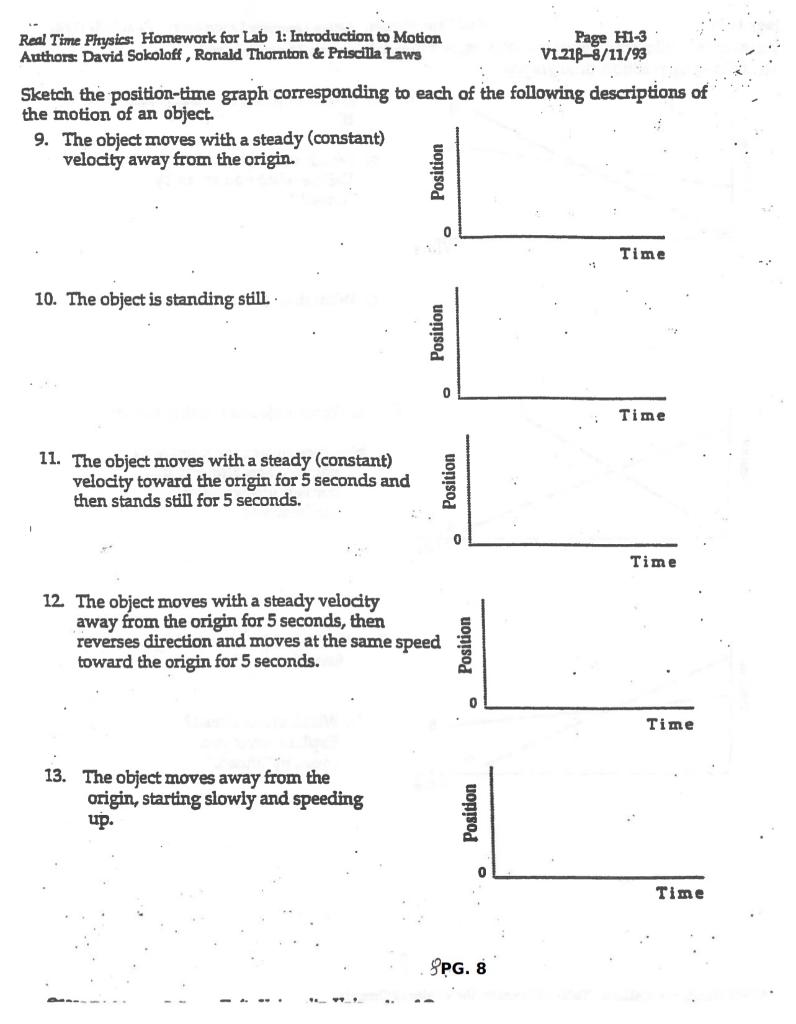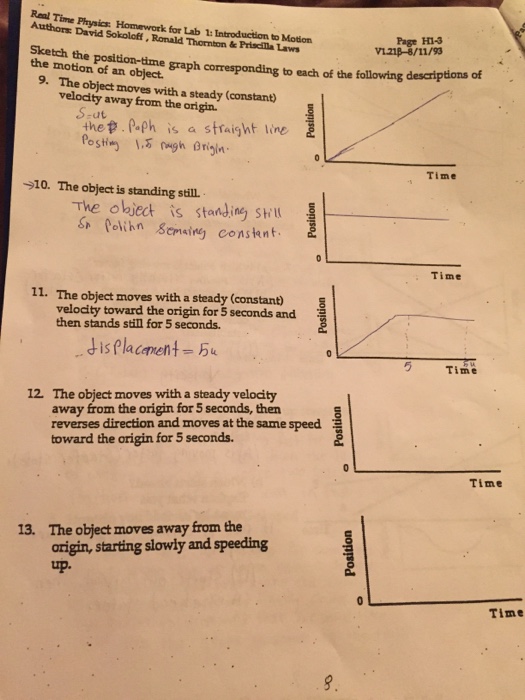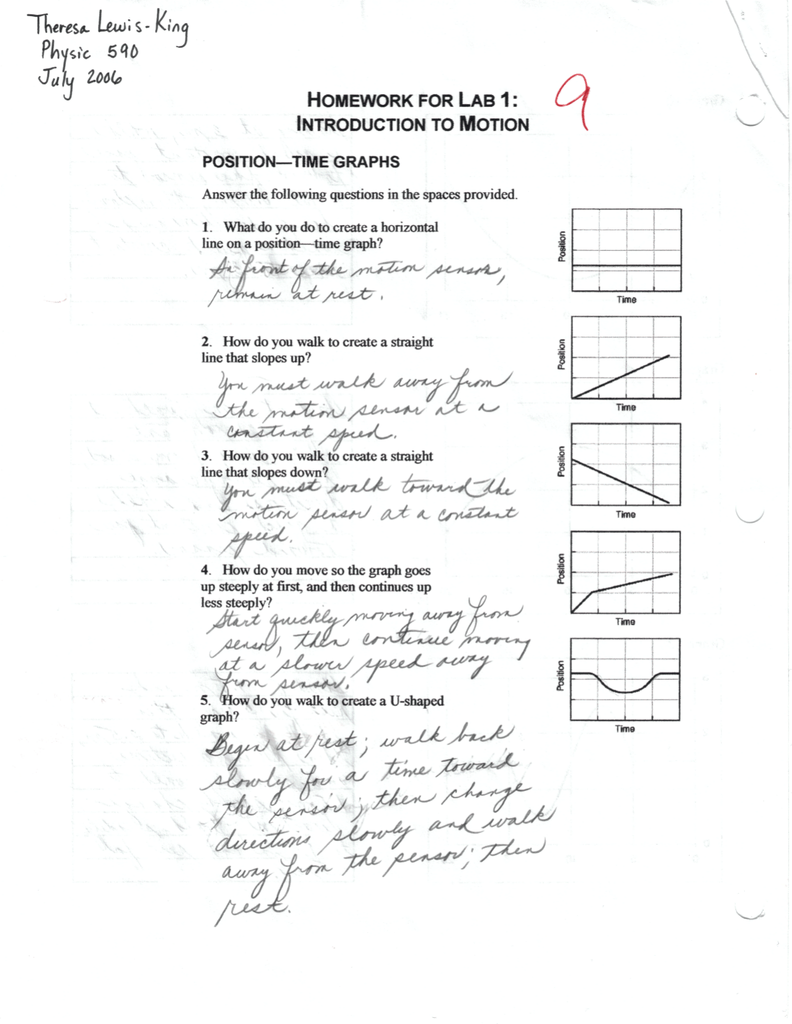Do you interested to find 'homework for lab 1 introduction to motion'? You can find all the information on this website.
Table of contents
- Homework for lab 1 introduction to motion in 2021
- Homework for lab 2 changing motion
- Physics lab constant velocity position-time graphs #1 answers
- Homework for lab 3: changing motion
- How do you walk to create a u-shaped position-time graph, as shown below?
- What do you do to create a horizontal line on a distance-time graph
- Homework for lab 1: introduction to iolab and software
- How do you walk to create a straight line that slopes up
Homework for lab 1 introduction to motion in 2021
 This image representes homework for lab 1 introduction to motion.
This image representes homework for lab 1 introduction to motion.
Homework for lab 2 changing motion
 This picture representes Homework for lab 2 changing motion.
This picture representes Homework for lab 2 changing motion.
Physics lab constant velocity position-time graphs #1 answers
 This picture shows Physics lab constant velocity position-time graphs #1 answers.
This picture shows Physics lab constant velocity position-time graphs #1 answers.
Homework for lab 3: changing motion
 This image shows Homework for lab 3: changing motion.
This image shows Homework for lab 3: changing motion.
How do you walk to create a u-shaped position-time graph, as shown below?
 This picture shows How do you walk to create a u-shaped position-time graph, as shown below?.
This picture shows How do you walk to create a u-shaped position-time graph, as shown below?.
What do you do to create a horizontal line on a distance-time graph
 This picture illustrates What do you do to create a horizontal line on a distance-time graph.
This picture illustrates What do you do to create a horizontal line on a distance-time graph.
Homework for lab 1: introduction to iolab and software
 This picture representes Homework for lab 1: introduction to iolab and software.
This picture representes Homework for lab 1: introduction to iolab and software.
How do you walk to create a straight line that slopes up
 This image representes How do you walk to create a straight line that slopes up.
This image representes How do you walk to create a straight line that slopes up.
What is the purpose of Physics 100 lab 1?
Physics 100 LAB 1: INTRODUCTION TO MOTION Physics 100 LAB 1: INTRODUCTION TO MOTION The purpose of these exercises is to let you get a feeling for position, velocity and acceleration, not to make extremely accurate measurements. Objectives
How to describe your motion during an interval of time?
Another way to represent your motion during an interval of time is with a graph, which describes how fast and in what direction you are moving. This is a velocity-time graph. Velocity is the rate of change of position with respect to time.
How is a motion detector used in physics?
You will use a motion detector to plot distance (position) and velocity-time graphs of the motion of your body. The study of motion and its mathematical and graphical representation is known as kinematics. Investigation 1: Distance (Position)-Time Graphs of Your Motion
How to describe the motion of an object?
After completing this investigation, you should be able to look at a distance-time graph and describe the motion of an object. You should also be able to look at the motion of an object and sketch a graph representing that motion. Comment: "Distance" is short for "distance from the motion detector."
Last Update: Oct 2021